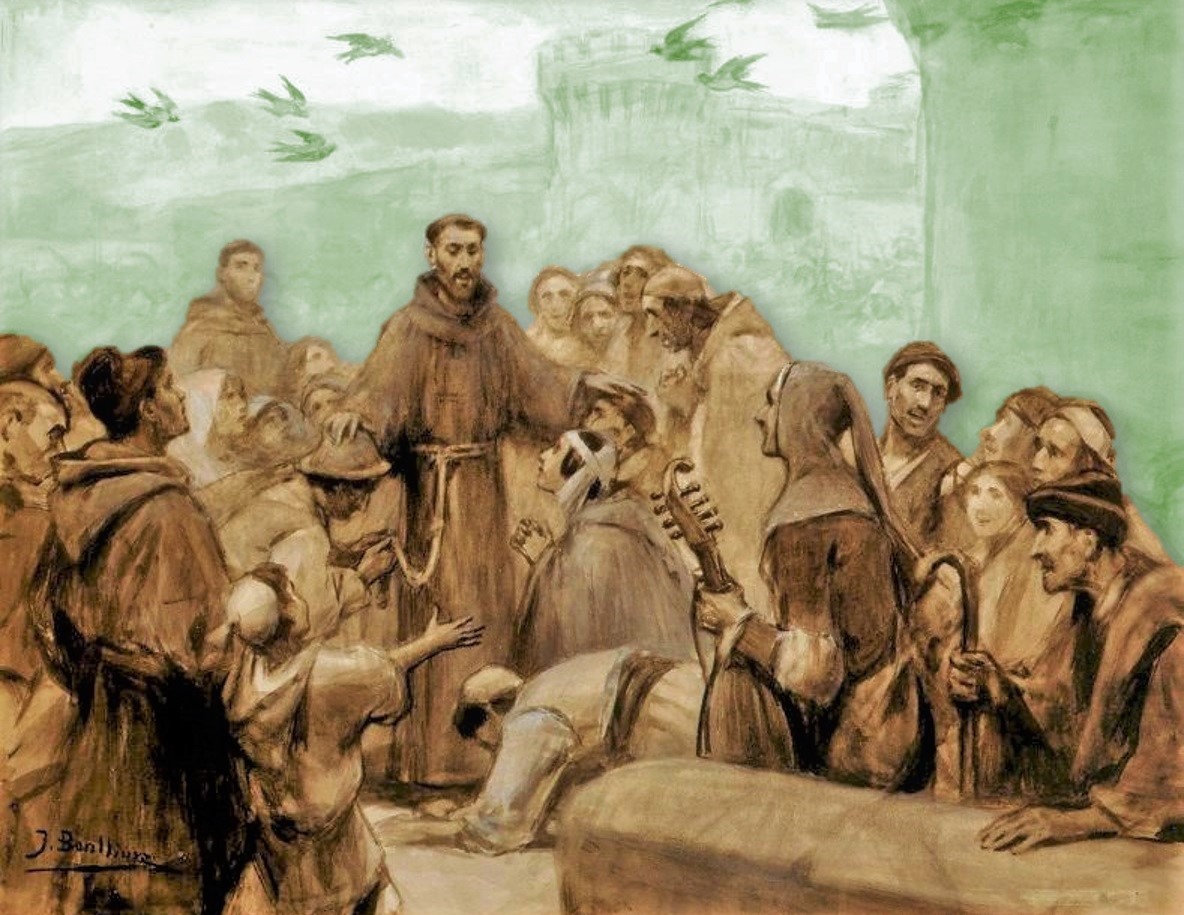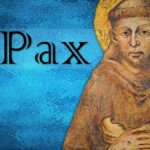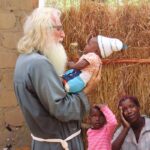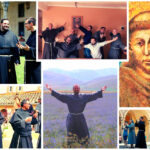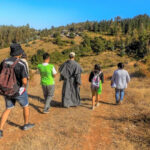6. Preaching Conversion and Penance
When St. Francis wrote about preachers in chapter XVII of the Earlier Rule (46-49), he spoke about their standing, wishing to show the importance of their ministry. Initially any friar could undertake this ministry. However, in time, conditions were established that required preachers to meet certain standards. In addition, in order to carry out this ministry, approval from the Superior was mandatory: “And let none of the brothers dare to preach in any way to the people unless he has been examined and approved by the General Minister of this fraternity and the office of preacher has been conferred upon him.” (Later Rule IX 2; FF 98). Moreover, preaching was to be done in harmony with the Church: “Let no brother preach contrary to the rite and practice of the Church” (Earlier Rule XVII 1; FF 46). As far as the content of the teaching was concerned, the Later Rule gives us added clarification: “Moreover, I admonish and exhort those brothers that when they preach their language be well-considered and chaste for the benefit and edification of the people, announcing to them vices and virtues, punishment and glory, with brevity, because our Lord when on earth kept his word brief” (Later Rule IX 3; FF 99).
Francis, like most of his companions, was not ordained a priest. Therefore, the teaching of the Friars Minor, especially that of non-clerics, could not be about strictly doctrinal matters. Instead, it was an exhortation to do penance and to give praise to God. Simply calling for repentance did not require knowledge of theology or Latin. Reaching people was possible, among other ways, by using the people’s own vernacular, by entering into a dialogue about salvation using language that the people could understand, whether it was on the streets, in the city, or in church. Because of this, for example, Dominican preachers were accepted very early on, so much so that they were even referred to as ordo predicatorum.
This did not mean, however, that there was no room for some theological discourse among the friars. This became apparent when scholarly friars entered the Order. St. Anthony of Padua and Caesar of Speyer are two examples worth mentioning. Their arrival presented the friars with a new dilemma: to what extent should they incorporate their cultural knowledge into their preaching? In fact, clericalization led to studies where friars could learn the art of oratory, if nothing else. Not only could they call for penance, these friars became ministers of the sacraments who reconciled people to God by hearing confessions. On the other hand, friars who were not priests had to content themselves with exhorting people to repent, as was done originally.
Some aspects of the friars preaching activities will be covered in the next article.
Friar Dariusz MAZUREK, General Delegate for Missionary Animation
Based upon:
IRIARTE DE ASPURZ L., Vocación franciscana, Valencia 1975.
MANSELLI R., El gesto como predicación para San Francisco de Asís, and: Para mejor conocer a san Francisco de Asís, Oñate (Guipúzcoa) 1997.
MICÓ J., Los hermanos vayan por el mundo. El apostolado franciscano, SelFr 62 (1992) 213-238.
Pisma świętego Franciszka i świętej Klary, Warsaw 1992.
URIBE ESCOBAR F., La vida religiosa según San Francisco de Asís, Oñate (Guipúzcoa) 1982.
For more information about missions, go to Facebook at:
https://www.facebook.com/AnimazioneFrancescana/
See also the Instagram account of the Mission Secretariat at:
https://www.instagram.com/sgam_ofmconv/






